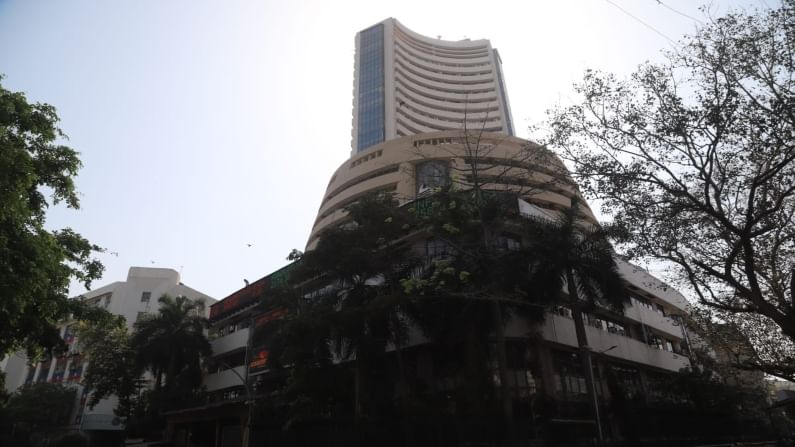Morgan Stanley sees over 20% upside in Grasim Industries; here's why
Global brokerage firm Morgan Stanley sees over 20% upside in Grasim Industries considering strong balance sheet strength after the divestment of non-core business. Shares of the company traded 4.08% higher at Rs 1399.50 at around 9.53 am (IST), while the benchmark BSE Sensex was up 321.35 points, or 0.64%, at 50762. The target price of […]

Global brokerage firm Morgan Stanley sees over 20% upside in Grasim Industries considering strong balance sheet strength after the divestment of non-core business.
Shares of the company traded 4.08% higher at Rs 1399.50 at around 9.53 am (IST), while the benchmark BSE Sensex was up 321.35 points, or 0.64%, at 50762. The target price of Rs 1,700 set by Morgan Stanley indicates an upside of 21% from the current market price.
“We see the potential for a narrative change on the stock over the coming years with strong performance across core businesses and subsidiaries and reduced capital allocation concerns as the subsidiaries are doing well and the need for capital is limited,” Morgan Stanley said.
It believes that there is potential for the holding company discount to narrow and Grasim to be recognised for its standalone businesses rather than just as a proxy for subsidiaries.
Aditya Birla Group firm in February reported over a twofold jump in its consolidated net profit to Rs 2,152.33 crore for the third quarter ended December 31.
It had posted a net profit of Rs 1,039.82 crore during the corresponding quarter of the previous fiscal, Grasim Industries said in a regulatory filing.
Its revenue from operations during October-December 2020 rose 12.72 per cent to Rs 20,986.35 crore, against Rs 18,616.76 crore in the year-ago period.
“Key businesses outperform pre-COVID-19 operational levels, leveraging the synergy of a conglomerate and the energy of focused businesses,” said Grasim Industries in its earning statement.
Shares of the company have advanced over 235% from the low of March 24 last year, while the benchmark BSE Sensex has advanced 89% to 50,441 during the same period.
Domestic broker Sharkhan last month maintained a ‘Buy’ call on Grasim with a price target of Rs 1,430.
“We retain Buy on Grasim with a revised price target of Rs1,430 led by upwardly revised estimates and assigning premium due to its foray into paints business. Grasim reported strong outperformance during Q3 which was led by a strong operating performance margin for Viscose business led by a higher realisation, lower fixed costs and input cost benefits. Viscose demand and prices are expected to remain firm aiding in sustaining standalone profitability. Reduction in consolidated and standalone net debt continues to strengthen the balance sheet.”